Pelé: The Biggest Things Netflix’s Documentary Leaves Out
Table of Contents
Pelé’s influence on The Beautiful Game cannot be understated, nor can it be contained in a two-hour Netflix documentary. Here’s the rest of the story.
You Are Reading :Pelé The Biggest Things Netflixs Documentary Leaves Out
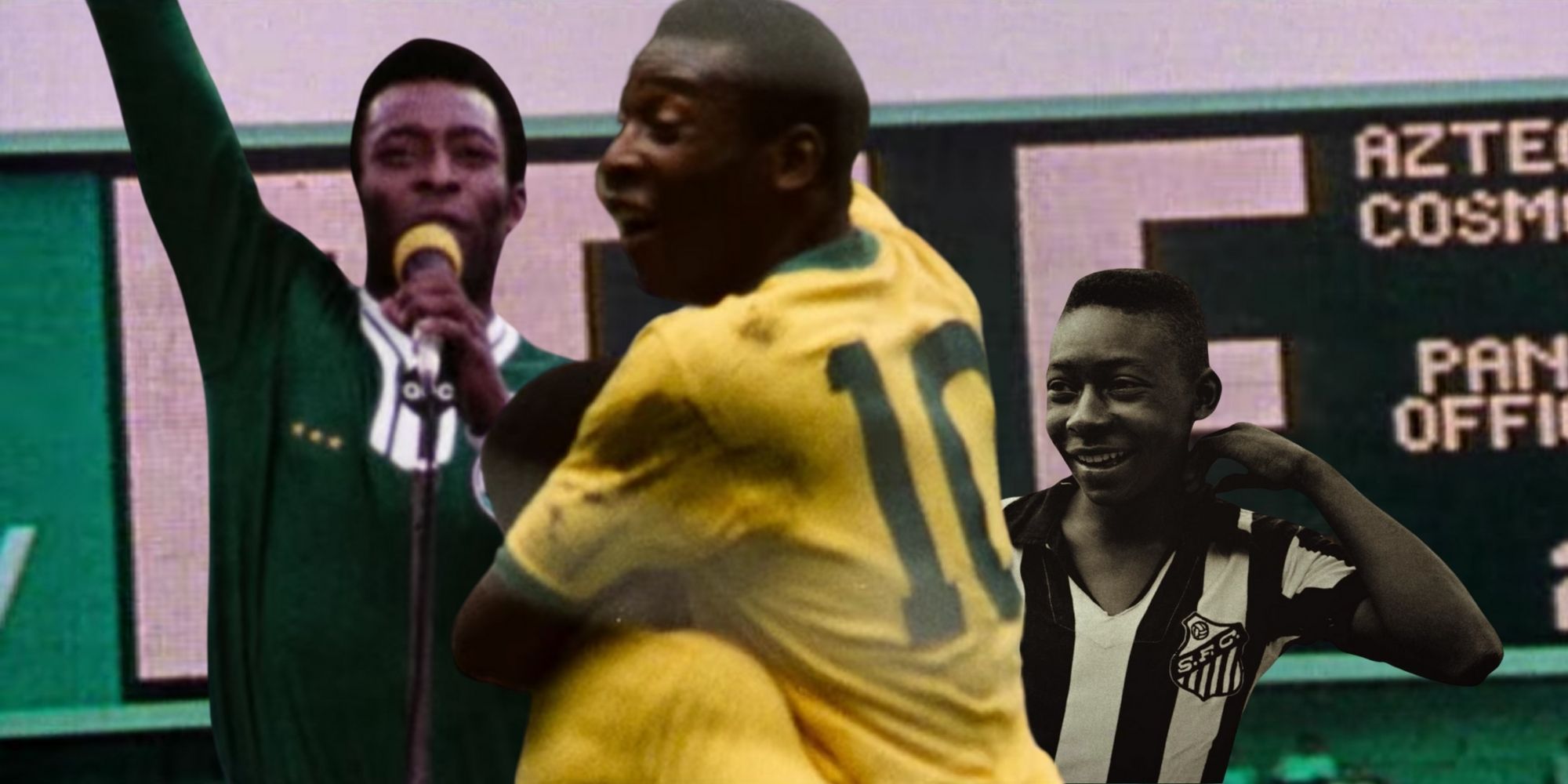
Netflix’s new documentary on the legendary athlete Pelé aims to capture the magnitude of an icon, but there are a few details left out from the film. Often hailed as the greatest soccer player ever to grace the pitch, Pelé left an unmistakable mark on the sport, his home country of Brazil, and the world at-large. The eponymous documentary makes its thesis clear: Pelé singlehandedly brought the aspirations of the Brazilian people to the international stage. But with the vastness of his legacy, not to mention the broader political narrative the film seeks to integrate, Pelé leaves out some additional information ranging from fun facts to grave omissions.
Much like The Last Dance before it, Pelé lays out the situation thusly: an international sports icon at the peak of his profession prepares to make one final run at a championship on the grandest stage. The 1970 World Cup in Mexico looks to be Pelé’s final tournament appearance for his native Brazil. In flashing back, the film takes a retrospective look at how Pelé’s legendary prowess came to be, how he built his reputation through tremendous victories at the top of the club and international scenes, and how all the while, the political turmoil of Brazil complicated his narrative.
Though the documentary gently pushes its magnanimous subject to consider the political side of his glory days, it certainly omits a great deal of intrigue. Pelé’s status as a Black, Latino man in South America and on the world stage is only briefly touched upon. The film concludes with Brazil’s 1970 World Cup victory, but its brief epilogue falls short of adequately chronicling the subsequent political turmoil in the country as well as Pelé’s legacy in the United States. And what’s more, there are several interesting details about Pelé which the filmmakers didn’t mention.
How Pelé Got the Name “Pelé”
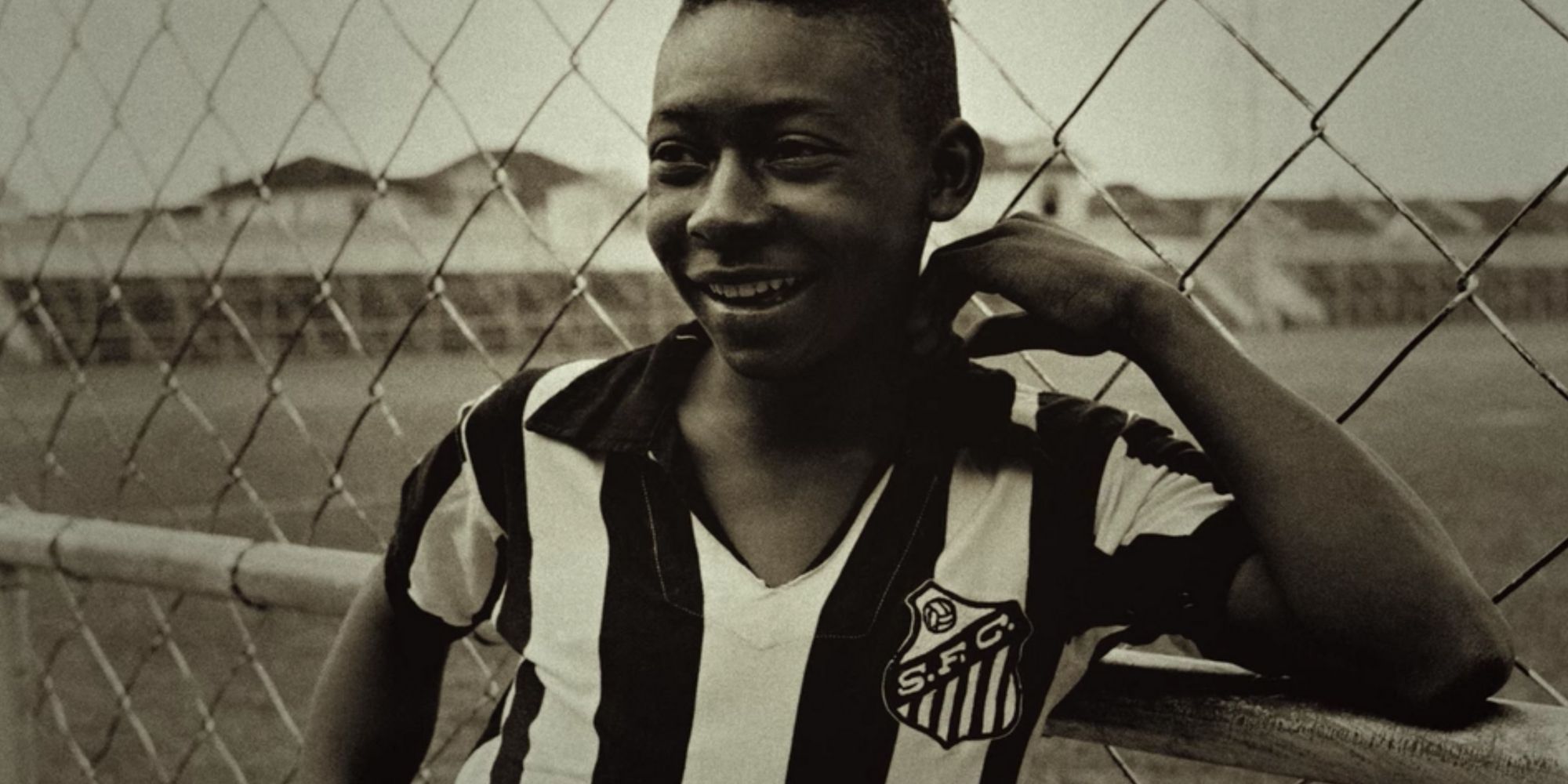
For a piece which bears its subject’s iconic mononym as its title, Pelé doesn’t seem much interested in discussing the origin of the famed footballer’s name. Pelé was born Edson Arantes do Nascimento after the American inventor Thomas Edison, though his parents opted to remove the “i.” His first nickname was actually “Dico,” given to him by family members. The nickname “Pelé” came to him from his schoolmates, allegedly as a result of his mispronunciation of local football club Vasco da Gama’s goalkeeper Bilé – his favorite player. The more he struggled with the pronunciation, he more the nickname stuck. Incidentally, translated into Hebrew, it means “miracle,” but it has no known meaning in Brazil’s native Portuguese.
The History of Pelé’s #10
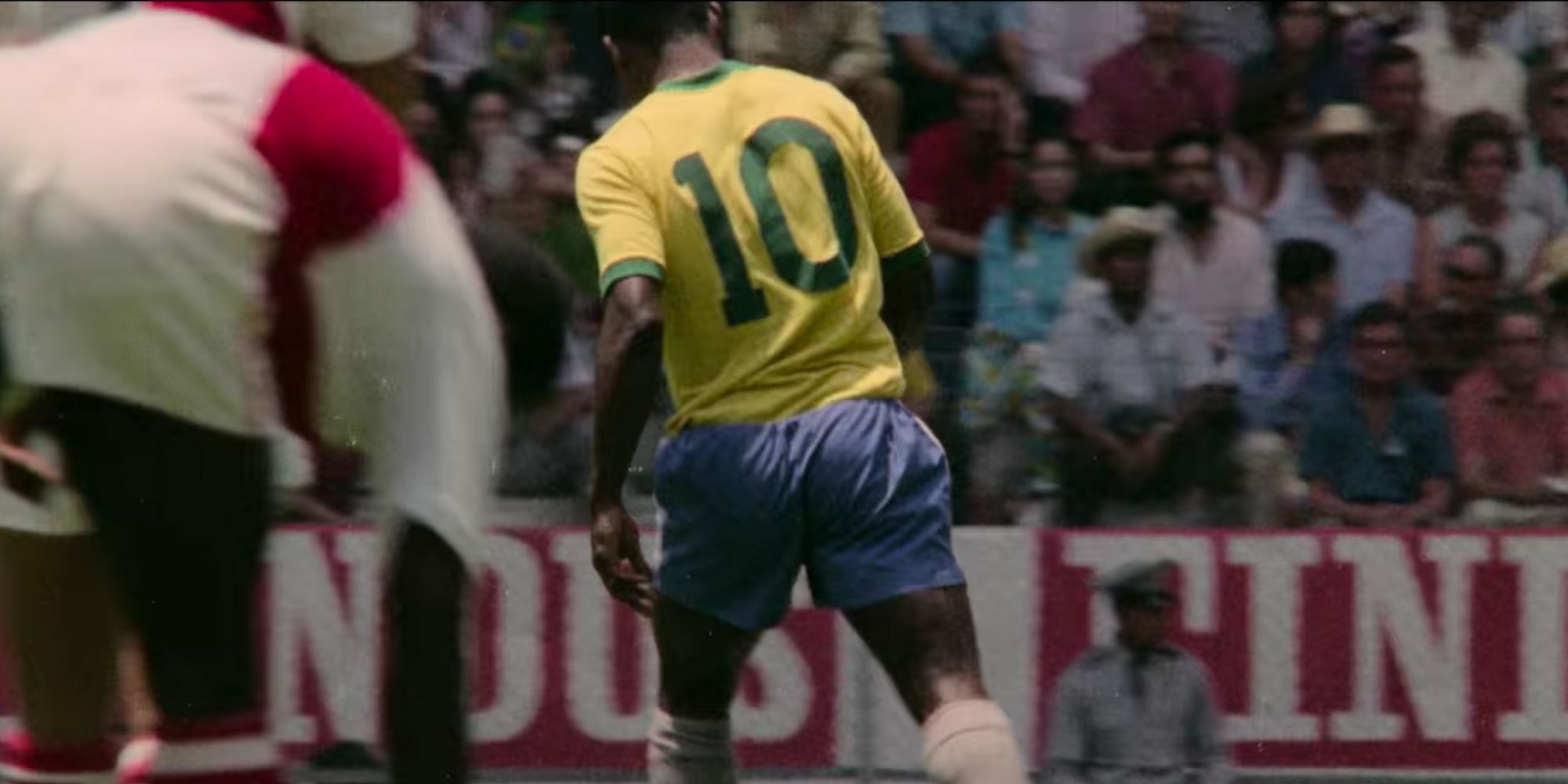
For many Americans, it may be natural to associate the prestige of the #10 jersey with Pelé’s legendary status, as high-status NBA players wear Jordan’s #23 in honor of their basketball idol. In actuality, there exists a tradition in the sport of soccer of #1-#11 being associated with certain positions that predates Pelé. Goalkeepers typically wear #1, as they are the first listed in the lineup. Offensive players typically receive #7-#11, though the particular numbering traditions vary by country. When Pelé donned the #10 jersey for his first appearance on the national team, it was completely unintentional; the team had forgotten to distribute numbers, so FIFA stepped in and did it for them, giving Pelé #10.
Pelé’s Relationship with Futsal
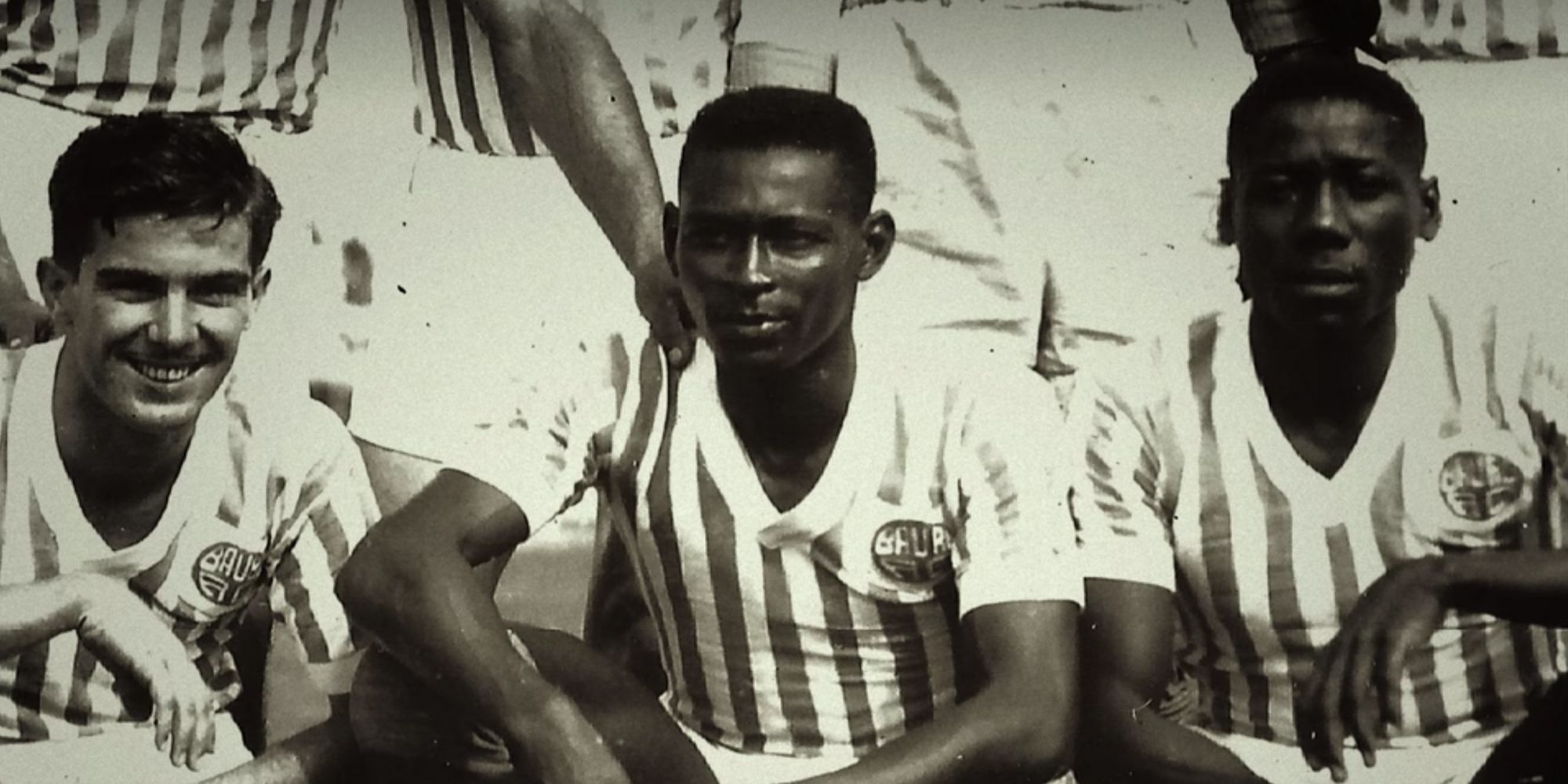
The documentary breezes through Pelé’s youth in favor of his remarkable career on the international stage, so it’s natural this factoid was lost along the way. Pelé played futsal, or indoor football, in his early years, as it had just become popular in his hometown of Bauru. In fact, he participated in the first futsal tournament in the region, and he won several championships in his mid-teens. He credits futsal’s fast pace with helping to develop his famed quick-thinking ability on the pitch, as he learned playing against adult competition during his formative years.
The Racial Context of Pelé’s Success
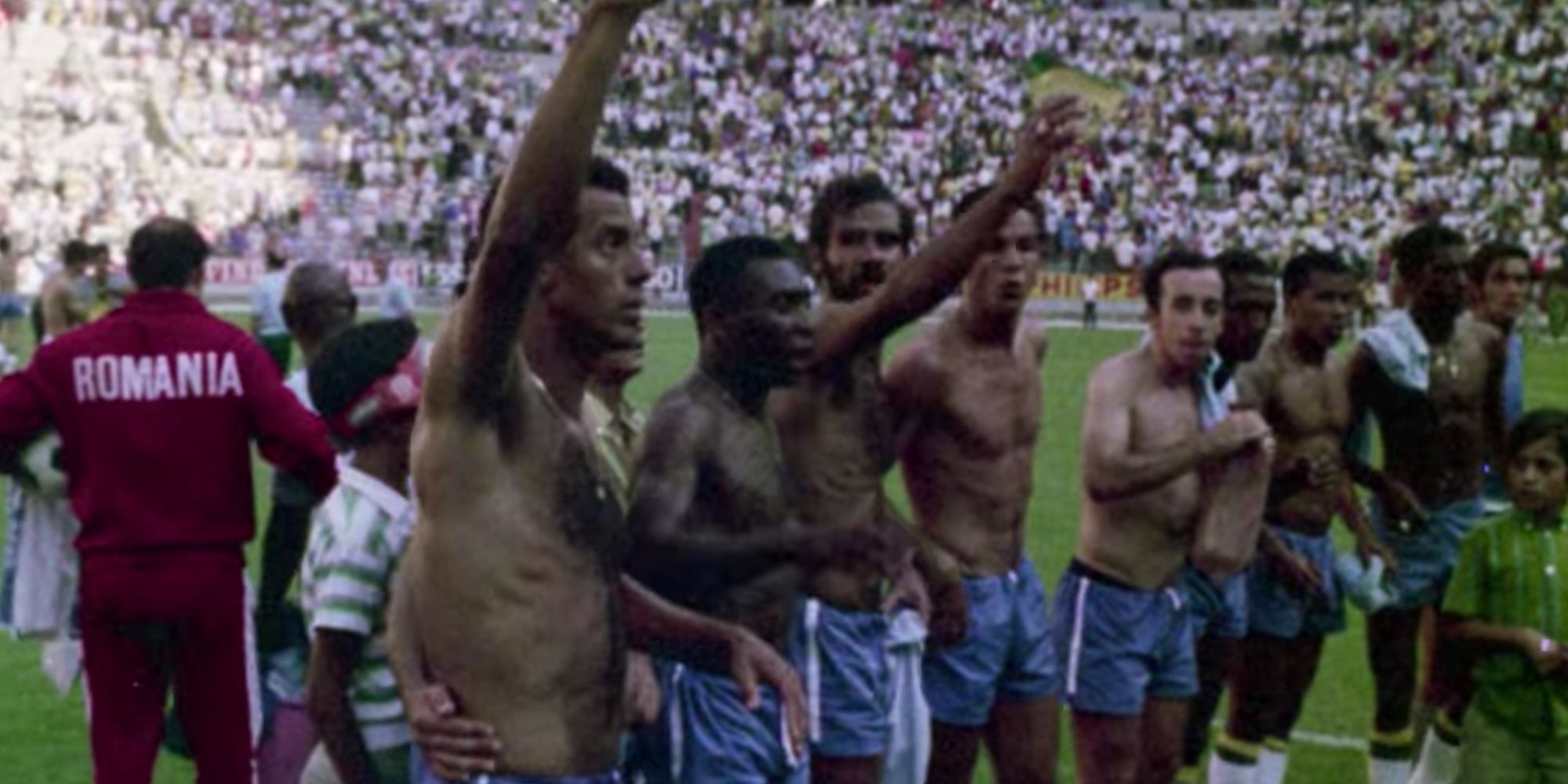
There is only a single mention of Pelé’s race in the documentary, and it touches on what could’ve been a much more powerful tether between the sports and sociopolitical through lines. Pelé’s contemporary, in describing his former teammate’s political activism (or lack thereof), called Pelé a “submissive” Black man. He argued that a strong, public stance from Pelé on behalf of his race and class of origin could’ve gone a long way towards repairing the racism and classism which persists in Brazil, South America, and much of the world at-large today. Pelé lets its star off the hook by suggesting the regime posed a physical, even mortal threat to him, unlike the outspoken Muhammad Ali. With the vast history of racial and class divides associated with association football, the filmmakers omit a vital discussion of tokenism.
Brazil’s Political History After the 1970 World Cup
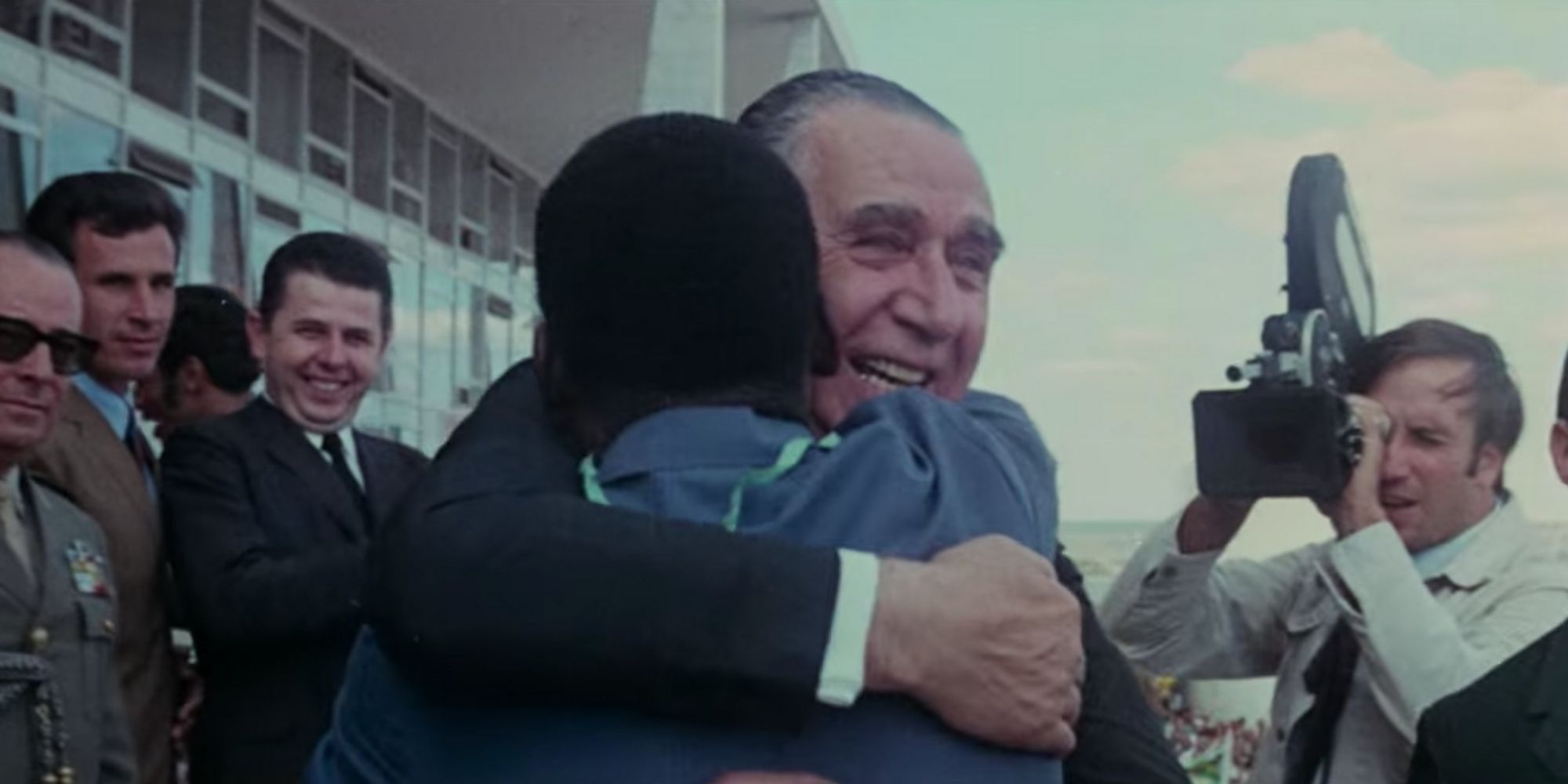
Pelé concludes with a brief epilogue to cover the athlete’s post-1970 career, but it does little to tie up loose ends in the political through line. These loose ends prove challenging to tie up, as the World Cup victory did little to solve Brazil’s political turmoil. The military regime ended in 1985 after a 21-year reign, but the trouble didn’t stop there. Brutal inflation and stagnation plagued the country through the beginnings of its “New Republic.” The first democratically-elected president fell ill and died before ever taking office, and the constitution from the dictatorship remained in effect until a new one was drawn up in 1988, and itself took effect in 1990. Shortly thereafter, Brazil’s then-President was impeached in 1992 on charges of corruption. The documentary does its best to find a stopping point in the story of Brazilian politics, but the story nevertheless continues.
Pelé Brought Soccer to the United States

The epilogue does, however, touch on Pelé’s influence on American soccer, showing him join the New York Cosmos of the North American Soccer League. Americans have never fully embraced association football, and infighting within the fledgling soccer community during the early 20th century forever developmentally stunted the sport’s popularity stateside. The arrival of Pelé, even well-past his prime, injected the American culture with a shock of celebrity. His presence revitalized public interest in the sport – so much so that he was mobbed by fans in Boston during his first public appearance, and had to be evacuated on a stretcher.
Though there’s ample room for improvement insofar as the United States’ soccer community, Pelé unquestionably helped get the ball rolling. And though the documentary falls short of addressing certain aspects of his youth, and omits deeper investigation of issues it touches upon, Pelé paints the portrait of a generational talent set against the backdrop of Brazil’s tumultuous history during his ascent to the godlike status he occupies today.
Link Source : https://screenrant.com/pele-netflix-documentary-missing-information-details/
